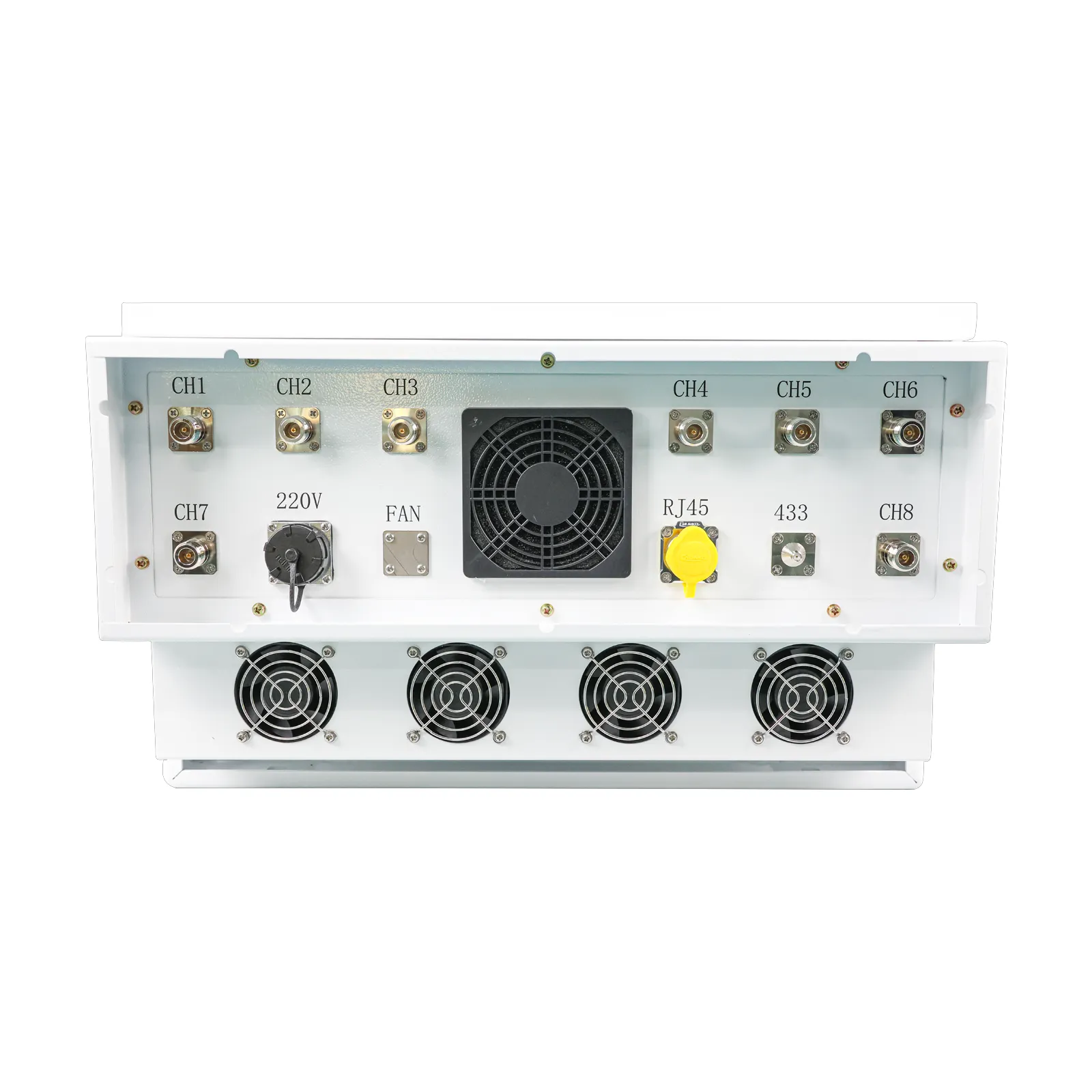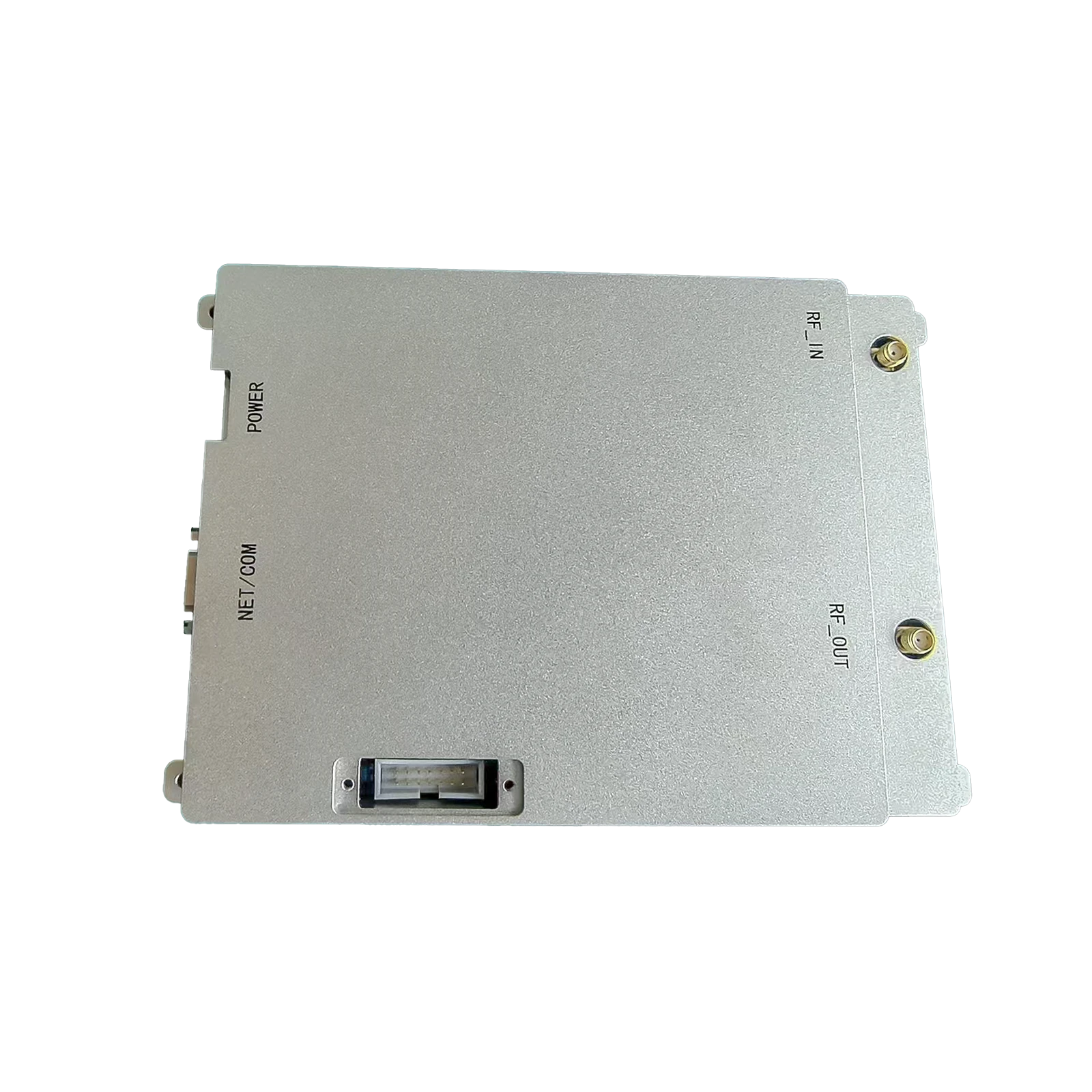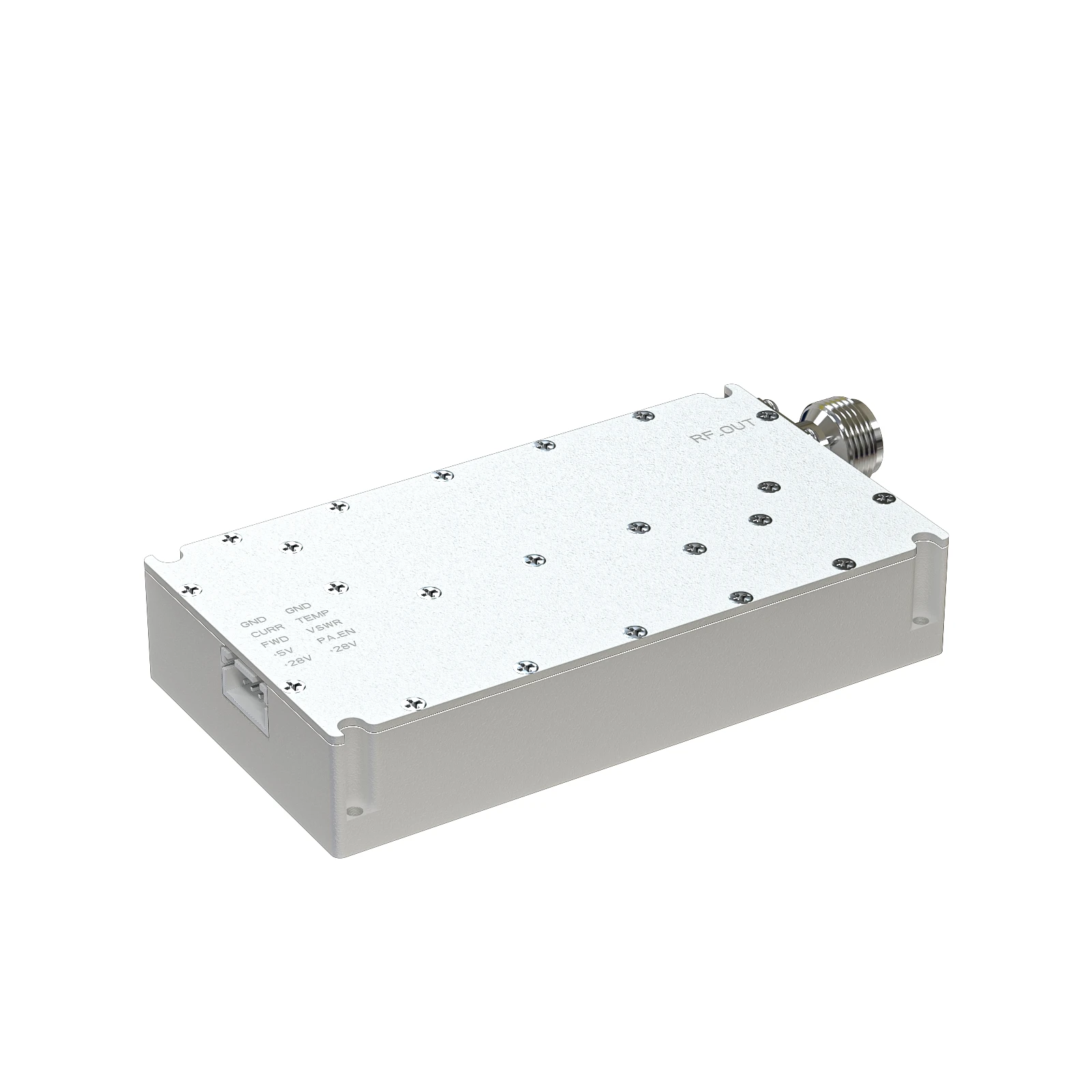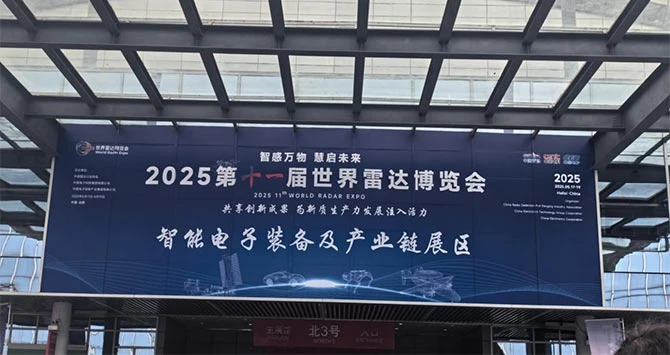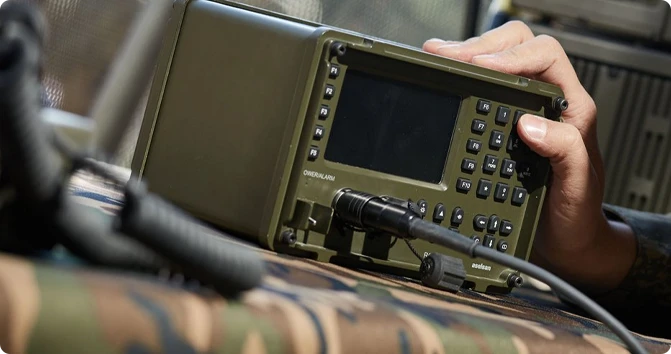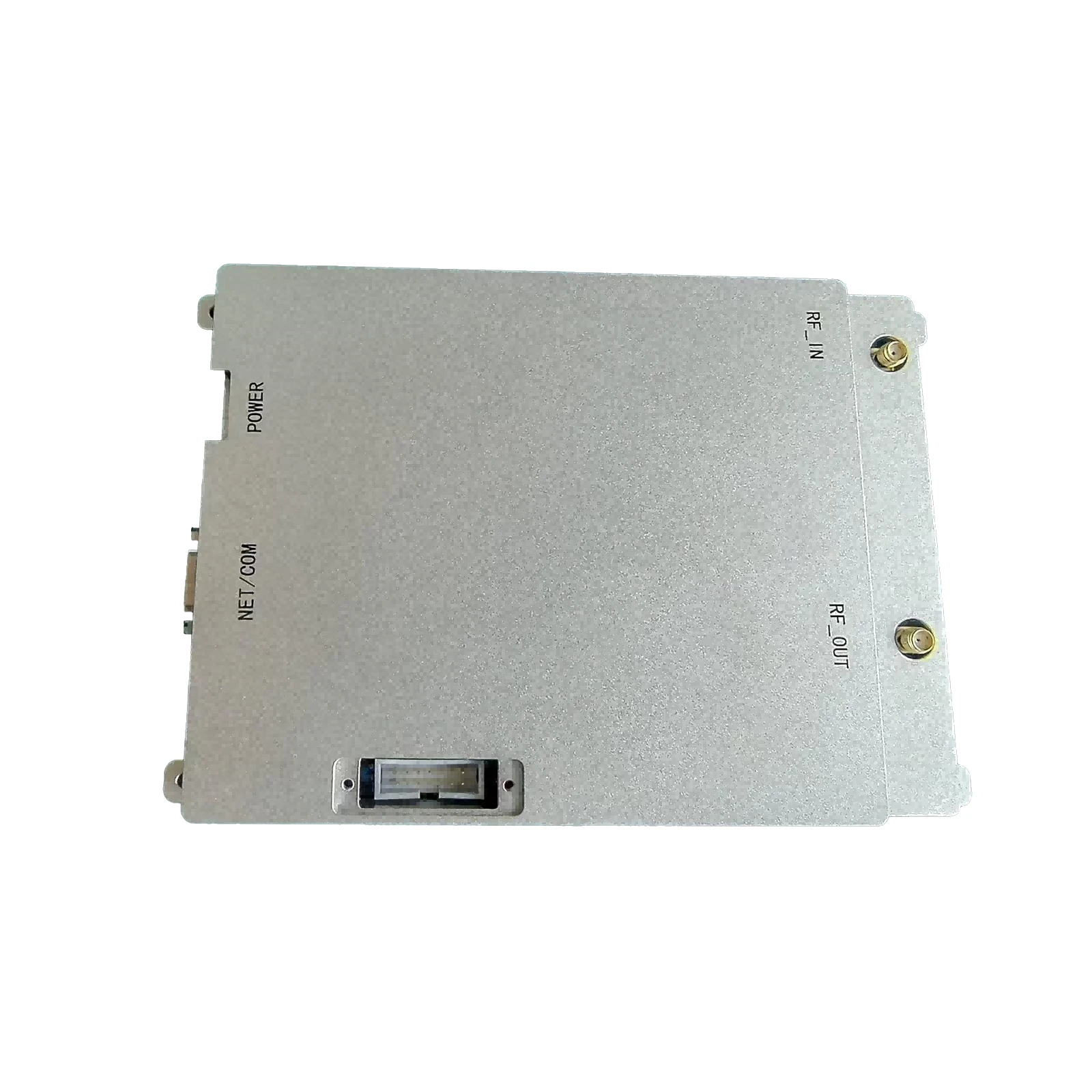Designing RF Amplifiers Using Microwave BJTs – Technical Guide & Applications
Understanding the Design of RF Amplifiers Using Microwave BJTs: Why It Matters
At first glance, the phrase “design RF amplifier using microwave BJT” may sound like jargon reserved strictly for hardcore electronics engineers. But in reality, it’s a critical piece of technology shaping how industries and societies communicate reliably over long distances and harsh conditions. Radio Frequency (RF) amplifiers using microwave Bipolar Junction Transistors (BJTs) serve as the backbone of countless applications—from satellite communication to emergency response systems—making our connected world a little bit smaller, and a lot more resilient.
Why do we care so much? Because understanding this design process means better efficiency, improved performance, and innovations that ripple through telecom, defense, healthcare, and beyond. And on a global scale, enhanced RF amplification capabilities translate to stronger disaster communication networks, safer air traffic control, and even more precise scientific measurements.
Global Industry Context: Why Design RF Amplifiers Using Microwave BJTs is Pivotal Today
Look at the data: according to the International Telecommunication Union (ITU), global mobile broadband subscriptions crossed 6 billion in recent years, fueling an explosion in data and voice traffic. Networks need robust RF amplifiers that handle microwave frequencies (typically above 1 GHz) with minimal noise and maximal power efficiency.
Yet this growth brings its challenges. Amplification at these high frequencies is tricky—the transistor needs to be fast and stable, and design errors can cause interference or signal distortion. Plus, the world’s increasing demand for greener electronics amplifies the pressure to innovate energy-smart designs. That’s the puzzle that the "design RF amplifier using microwave BJT" process tries to solve and improve constantly.
What Exactly Is Designing an RF Amplifier Using a Microwave BJT?
In simple terms, it’s about creating an electronic circuit that boosts weak radio frequency signals using a special type of transistor called a microwave Bipolar Junction Transistor (BJT). Unlike regular BJTs, these microwave BJTs operate efficiently at microwave frequencies—commonly those used in radar, satellite, and high-speed wireless communications.
This design involves selecting the right transistor, choosing biasing conditions, impedance matching, and thermal management to ensure the amplifier delivers the right power gain without introducing distortion. It’s technical but essential—the amplifier extends signal range and fidelity, enabling everything from cellular towers to space missions to function properly.
Mini Takeaway
Designing RF amplifiers with microwave BJTs is fundamental to the backbone of modern communication infrastructure, especially as we push wireless tech to faster and more complex regimes.
Core Aspects of Designing RF Amplifiers Using Microwave BJTs
1. Frequency Response and Gain
The design must ensure the amplifier operates effectively at the desired microwave frequency band, delivering stable gain without attenuation or phase distortion.
2. Noise Figure and Linearity
Low noise is vital for clarity, especially in sensitive receivers. Additionally, linear amplification prevents signal distortion, which can degrade communication quality.
3. Thermal Management
Microwave BJTs can generate significant heat. Efficient heat sinking and proper circuit layouts are crucial to prevent performance losses or transistor failure.
4. Power Efficiency and Supply Requirements
Designs strive for maximum output power with minimum power consumption—key for battery-operated or remote devices.
5. Impedance Matching
Impedance matching at input and output ensures minimal signal reflection and maximum power transfer, often achieved through careful circuit networks.
6. Durability and Reliability
The amplifier must withstand variable environmental conditions, vibrations, and potential electrical surges without performance degradation.
Mini Takeaway
These technical factors aren’t just theoretical; each represents a way to solve practical, real-world problems when designing RF amplifiers that will be deployed globally.
Specifications at a Glance: Example Microwave BJT RF Amplifier
| Parameter | Value | Description |
|---|---|---|
| Frequency Range | 1 GHz – 10 GHz | Typical microwave band |
| Gain | 15 dB | Power gain under small signal conditions |
| Noise Figure | 3 dB | Low noise operation for high fidelity |
| Max Output Power | +20 dBm | Max power delivered without distortion |
| Supply Voltage | 6 V | Typical operating voltage |
| Package Type | SOT-89 | Compact microwave-compatible package |
Real-World Applications: Where and How These Designs Make a Difference
Microwave BJT-based RF amplifiers are everywhere you don’t always see—powering critical communication in remote research stations in Antarctica, along with radar systems that guide planes safely through busy international airspace.
Take disaster relief efforts, for example. When natural calamities strike, conventional networks often go down. Portable communication kits equipped with carefully designed RF amplifiers help first responders establish emergency networks swiftly. Similarly, in remote industrial zones—think oil rigs miles from shore—these amplifiers ensure reliable telemetry and control signals.
Many governments and private enterprises in Asia and Europe have invested heavily in upgrading microwave components to sustain growing 5G infrastructure demands, directly relying on these amplifier designs.
Mini Takeaway
In short, the design of RF amplifiers using microwave BJTs is more than an academic exercise. It’s a real-world enabler for humanity’s most pressing communication needs.
Advantages of Quality Microwave BJT RF Amplifier Designs
- Cost Efficiency: Good designs reduce power consumption, lowering operational costs over time.
- Reliability: Robust thermal and electrical performance ensures devices run uninterrupted in critical moments.
- Social Impact: Enables vital communication during disasters—saving lives and restoring dignity.
- Innovation Drive: Pushes wireless tech forward, opening doors for new services and applications.
On a more personal note, engineers I’ve spoken with often mention the satisfaction of seeing a design reliably perform in the field, knowing their tiny transistor choices ripple out into global connectivity. It’s a mix of technical pride and something deeper: trust.
Future Trends Shaping RF Amplifier Designs with Microwave BJTs
Automation in circuit design, integration with silicon-germanium (SiGe) technologies, and greener materials are headline trends. The drive toward energy efficiency is stronger than ever, pushing designers to explore organic semiconductors and novel cooling methods.
Moreover, with the rollout of 6G and IoT expansion, demand for highly linear and broadband PA (Power Amplifier) solutions will increase. Design software using AI to optimize transistor layouts and biasing is already on the rise, offering faster, more accurate tuning than before.
Challenges and Practical Solutions in Designing RF Amplifiers Using Microwave BJTs
Oddly enough, one of the biggest hurdles is thermal runaway—a situation where increased temperature causes higher current, which in turn raises temperature further. Designers now use advanced thermal simulations and incorporate temperature-compensating bias circuits to mitigate this.
Divergent supply voltages and component mismatches can also degrade performance. The solution? Modular design approaches, where components are tested independently and matched during assembly ensure consistent results.
Vendor Comparison for Microwave BJT RF Amplifier Components
| Vendor | Product Range | Typical Gain | Supply Voltage | Lead Time |
|---|---|---|---|---|
| TransTech Corp | 1–12 GHz BJTs & MMICs | ~14–18 dB | 5–7 V | 2–3 weeks |
| MicroAmp Industries | Wideband BJTs 0.5–15 GHz | 12–16 dB | 6 V typical | 1–2 weeks |
| NanoTrans Solutions | Custom RF BJTs under 10 GHz | Up to 20 dB | 4.5–6 V | 4–5 weeks |
FAQs on Designing RF Amplifiers Using Microwave BJTs
Q1: What parameters most affect the gain in a microwave BJT RF amplifier?
The gain is influenced primarily by transistor gain bandwidth product, bias current, and impedance matching at input/output. Optimizing any of these can significantly raise amplifier gain.
Q2: Can microwave BJTs operate reliably in harsh environmental conditions?
Yes, with appropriate packaging and thermal management strategies, microwave BJTs can function reliably even in high-vibration or temperature-variable conditions, common in aerospace or industrial sites.
Q3: How does one handle the noise figure in an RF amplifier design?
Using low-noise BJTs, minimizing loss in matching networks, and proper biasing can reduce noise figures, which is essential for sensitive receiver front-ends.
Q4: Is it possible to design broadband microwave RF amplifiers with BJTs?
Yes, broadband designs are common but require careful compensation for gain flatness and input/output impedance matching across the entire frequency band.
Q5: Where can I find resources for practical RF amplifier design with microwave BJTs?
Online courses, specialized textbooks, and design software tools such as ADS by Keysight provide detailed guidance. Also, design rf amplifier using microwave bjt tutorials and application notes from component manufacturers are invaluable.
Conclusion: Why Mastering the Design of Microwave BJT RF Amplifiers is Future-Proof
To sum it up, mastering the design of RF amplifiers using microwave BJTs is more than a niche engineering skill—it’s a gateway to enhancing worldwide communication infrastructures and enabling innovation across fields. For anyone invested in advancing wireless technologies or building resilient systems, the ability to design these amplifiers well offers enormous long-term strategic value.
If you want to dig deeper or explore practical design tools and components, feel free to visit our website: https://www.drone-system.com. Because in this fast-moving world of communication technology, staying ahead means knowing your transistors as well as your trends.
References
-
09 March 2021 24 Nov 2025
-
09 March 2021 24 Nov 2025
-
09 March 2021 23 Nov 2025
-
09 March 2021 22 Nov 2025
-
09 March 2021 21 May 2025
-
09 March 2021 25 Dec 2024
-
09 March 2021 14 Oct 2022
-
09 March 2021 25 Dec 2024



